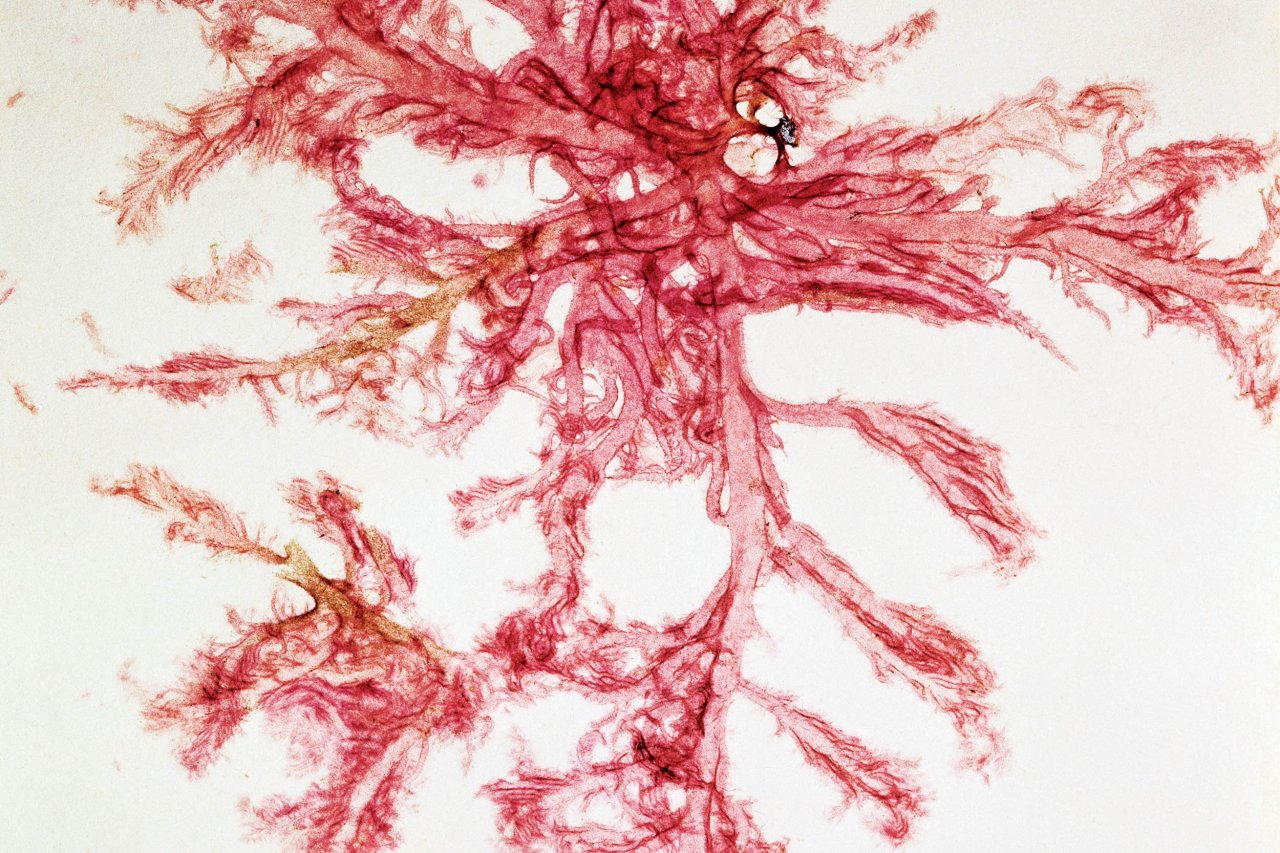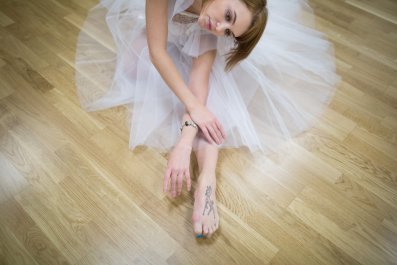You know the smell. Musky, damp, sweat-filled. Some say it's the scent of champions, but to most everyone you happen to pass by, it's just offensive.
It isn't actually perspiration that causes that dank gym scent but rather the bacteria that thrive off sweat. Good news: A team of Swedish researchers from the KTH Royal Institute of Technology has found a way to eliminate the growth of this smell-inducing bacteria using one of nature's best antimicrobials, algae. Even better: They've created an algae-based material that can prevent both body odor and the bacteria that cause it.
The key to the material's success is its tiny, one-of-a kind threads. Created using a process called electrospinning, the threads—which are about one-hundredth the width of a human hair—increase overall contact between the material's fibers and the wearer's skin. The threads are coated with lanasol, a naturally occurring antibacterial compound commonly found in red algae, and maximum bacteria destruction is reached.
"We felt that there was a gap in the need for this type of material and the existing alternatives," the study's lead author, Richard Andersson, tells Newsweek. Unlike the silver-infused antibacterial materials currently sold in sweat-wicking gym apparel, the algae substance does not fade away when washed. "Our antibacterial substance is dissolved evenly inside the fiber," says Andersson. "Even if the fibers would wear down and become thinner during washing, then the new material that is uncovered would still contain the substance."
Along with eliminating body odor, the material was found to kill up to 99.99 percent of the Staphylococcus aureus bacteria—a talent that could prove useful in hospital applications. Staph infections are common in hospital environments, and lanasol-laced surgical gowns could cut down infection rates.
Dr. Brad Spellberg, an infectious disease specialist from UCLA agrees that there is a pressing need for technologies that can reduce infections in health care setting, but says the algae-based material still needs to be proven in the real world, and not just in the lab. "I tell everyone the same thing, do a clinical study that shows that it reduces infection rates…show that it makes a difference in human beings."
While it may be some time before the algae-fabric starts saving lives from bacterial infection, budding fashion entrepreneurs should get excited: Andersson says anyone can now purchase the materials needed to create the fabric from plastic manufacturers and chemical suppliers and then use it to make his or her own line of antibacterial clothing.




























